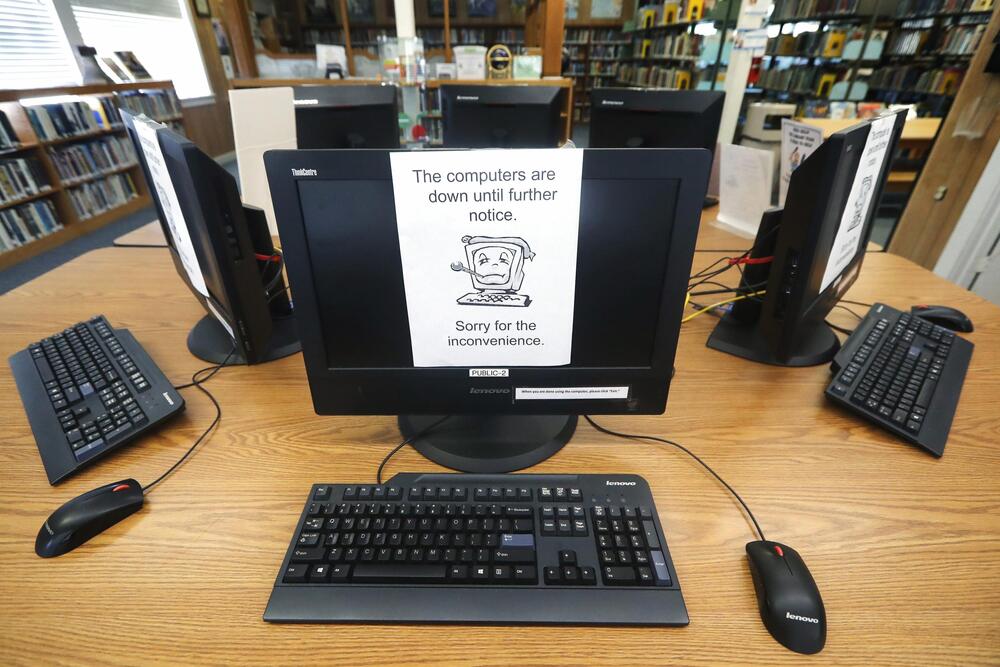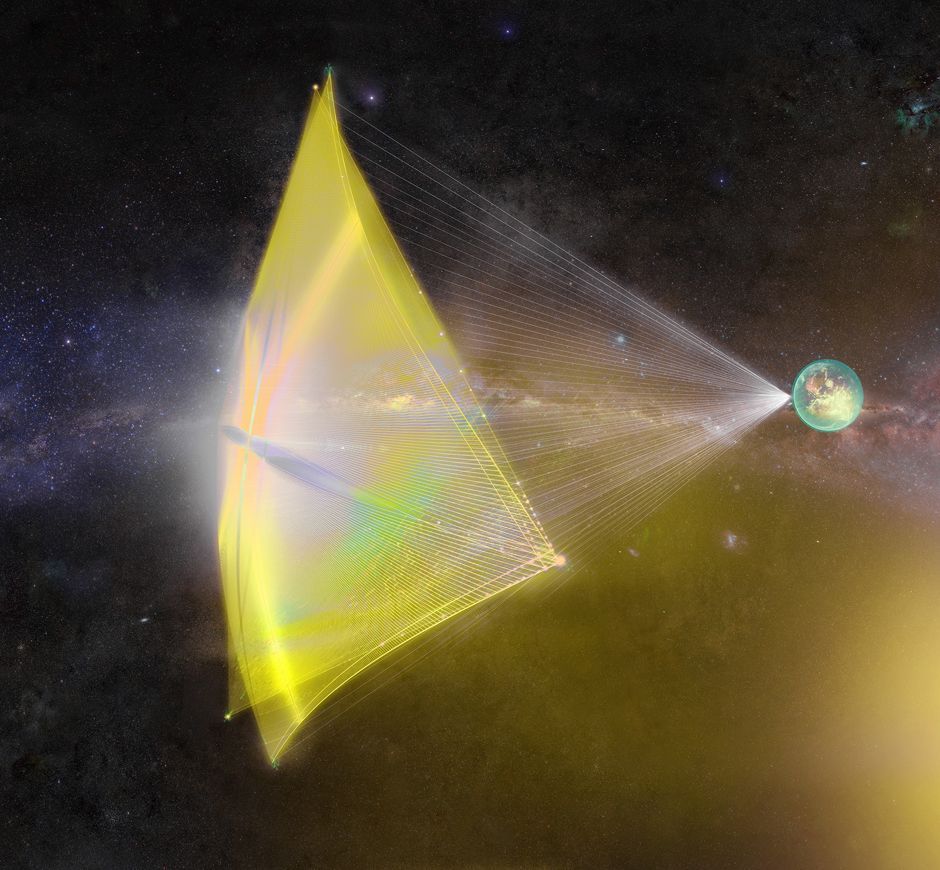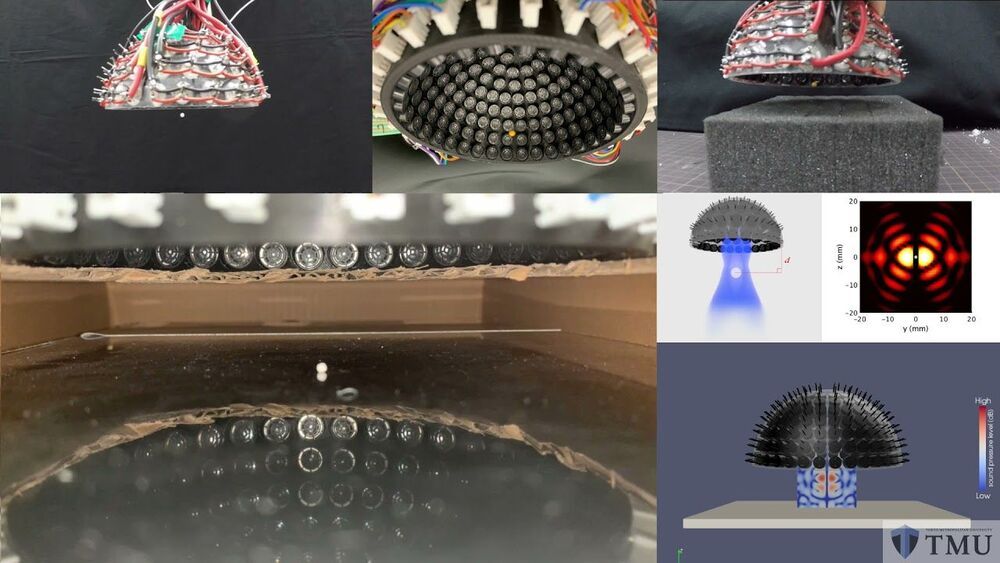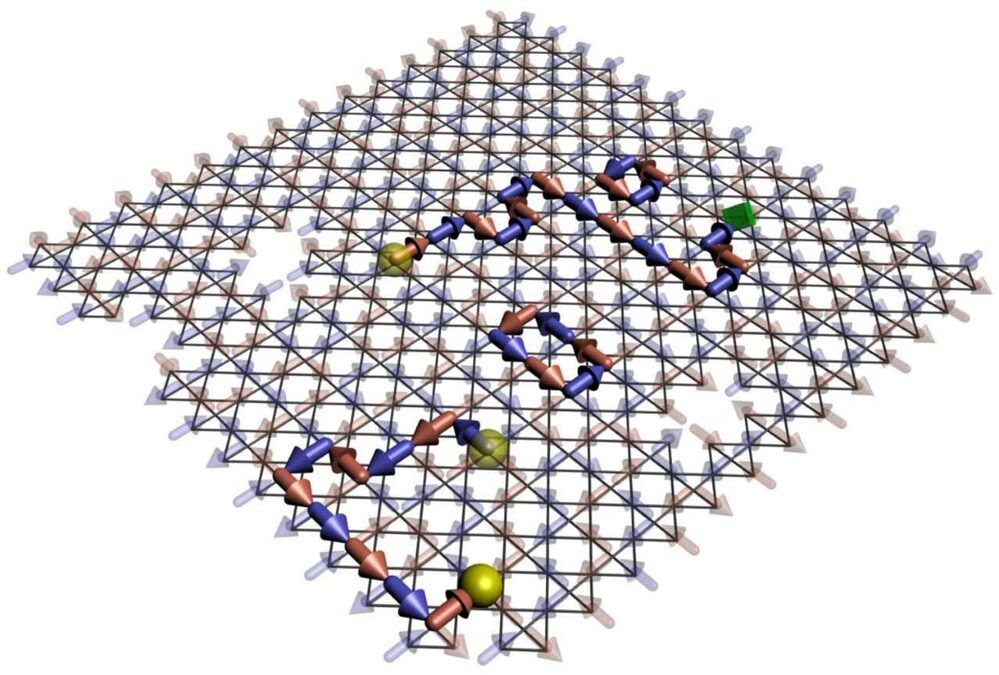Jul 26, 2021
AMD Radeon RX 7900 XT ‘Big Navi 31’ RDNA 3 GPU To Feature Up To 60 WGPs & Up To 15,360 Cores
Posted by Quinn Sena in category: computing
AMD’s next-generation Radeon RX 7900 XT GPU featuring the Big Navi 31 RDNA 3 GPU could feature an insane 15360 cores in 60 WGPs.
A brand new rumor regarding AMD’s next-generation and flagship RDNA 3 GPU, the Big Navi 31, which is going to power the Radeon RX 7900 XT graphics card, has been published by Beyond3D forums (via 3DCenter). The rumor suggests that AMD is dropping a very popular GPU terminology from its RDNA 3 lineup.
AMD Radeon RX 7900 XT ‘Big Navi 31’ RDNA 3 GPU To Feature Up To 60 WGPs For A Total of 15360 Cores

















